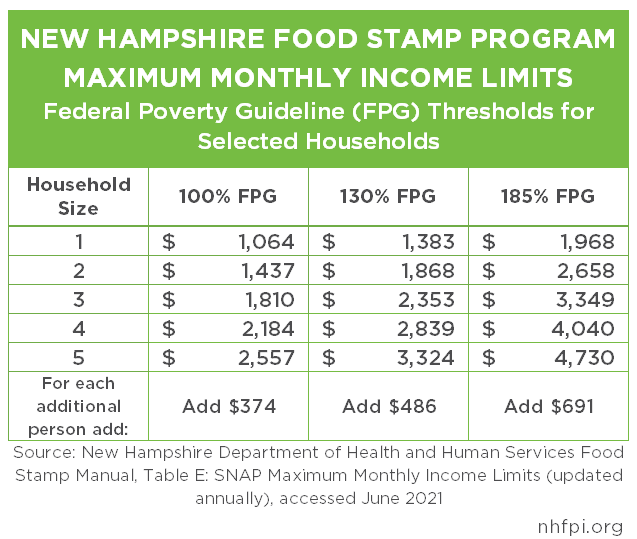Navigating the complex world of government assistance programs can often feel overwhelming. Many individuals and families rely on support from programs such as the Supplemental Nutrition Assistance Program (SNAP), commonly known as food stamps. If you’re asking, “If I make $1,800 a month, can I get food stamps?” you are not alone. Understanding eligibility criteria and factors that influence your benefits is crucial for accessing the support you need.
If I make $1,800 a month, can I get food stamps?
Yes, individuals and families making $1,800 a month may qualify for food stamps, depending on their household size and other factors.
Understanding Food Stamps
Food stamps aim to provide nutritional assistance to low- and moderate-income families and individuals. The SNAP program assists in purchasing food and is designed to alleviate hunger and improve food security. Each state administers its own SNAP program, leading to variations in eligibility requirements, benefit amounts, and application procedures.
Eligibility Requirements
To qualify for food stamps, applicants must meet several criteria. Key factors include income level, household size, and residency status.
1. Monthly Income
The U.S. Department of Agriculture (USDA) sets limits on monthly gross and net income.
- Gross Income: This is the total income before taxes.
- Net Income: This is gross income minus allowable deductions, such as housing costs and childcare.
For 2023, the maximum gross income for a household of one is $1,473 monthly, while a household of four can earn up to $3,198.
| Household Size | Maximum Monthly Gross Income | Maximum Monthly Net Income |
|---|---|---|
| 1 | $1,473 | $1,133 |
| 2 | $1,984 | $1,480 |
| 3 | $2,496 | $1,828 |
| 4 | $3,198 | $2,175 |
These figures vary depending on household size, so it’s essential to refer to the specific guidelines for your situation.
2. Deductions
Various deductions can impact net income calculations and, consequently, eligibility for food stamps. Common deductions include:
- Standard Deduction: Varies based on household size.
- Dependent Care Costs: Childcare or care for dependent adults.
- Medical Expenses: For elderly and disabled members of the household.
Understanding these deductions can help you determine your net income more accurately.
Factors Influencing Eligibility
In addition to income, other factors influence your eligibility:
- Household Size: The total number of people living in your home affects both the gross income limits and the total allotment of benefits.
- Assets: Some states consider assets when determining eligibility, though SNAP generally does not have strict asset limits.
- Work Requirements: Able-bodied adults without dependents (ABAWDs) must meet work requirements to qualify for benefits.
Application Process
The application process can vary by state, but the general steps include:
- Pre-screening Tool: Use your state’s online pre-screening tool to see if you might qualify. This tool can help you estimate the amount of benefits you can receive based on income and household size.
- Complete the Application: Applications can often be submitted online, by mail, or in-person, depending on your state’s procedures.
- Interview: Most states require an interview as part of the application process. This can occur over the phone or in person.
- Receive a Decision: After the interview and processing, you will receive a notice informing you of your eligibility and the amount of benefits you can access.
Benefits Amount
If you qualify for SNAP, the amount of your benefits depends on both income and household size. For example, households with income lower than the net income limit may receive a higher benefit.
| Household Size | Maximum Monthly Benefit |
|---|---|
| 1 | $281 |
| 2 | $516 |
| 3 | $740 |
| 4 | $939 |
The actual benefit amount may be lower than the maximum, depending on your net income after deductions.
Special Considerations
Several special factors can impact eligibility and benefits:
- Temporary Assistance: If you experience job loss or reduced working hours, you may qualify for SNAP benefits temporarily.
- Elderly and Disabled Individuals: Special provisions exist for elderly or disabled individuals that may help overcome certain eligibility barriers.
- College Students: Some college students may qualify for food stamps, especially those with dependents or those working a specified number of hours per week.
Conclusion
Understanding the eligibility requirements for food stamps is crucial for individuals earning $1,800 a month. Factors such as household size, income limits, and allowable deductions play significant roles in determining qualifications and benefits. By exploring available resources, taking advantage of pre-screening tools, and completing the application process, you can assess your options effectively. If you think you may qualify, don’t hesitate to apply for assistance; SNAP can provide essential support during challenging times.
For more information, visit your state’s SNAP website or the USDA’s official SNAP page.

